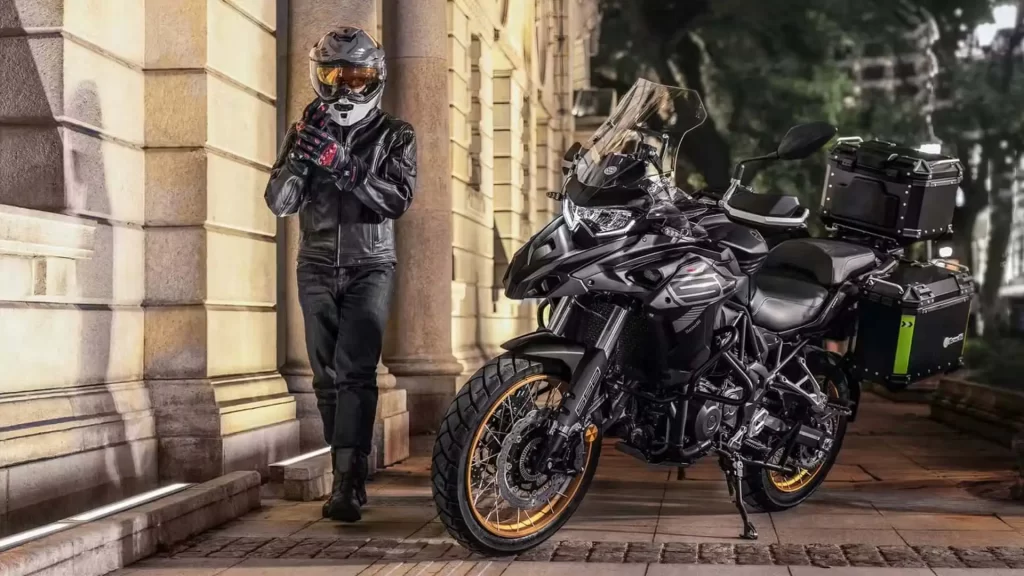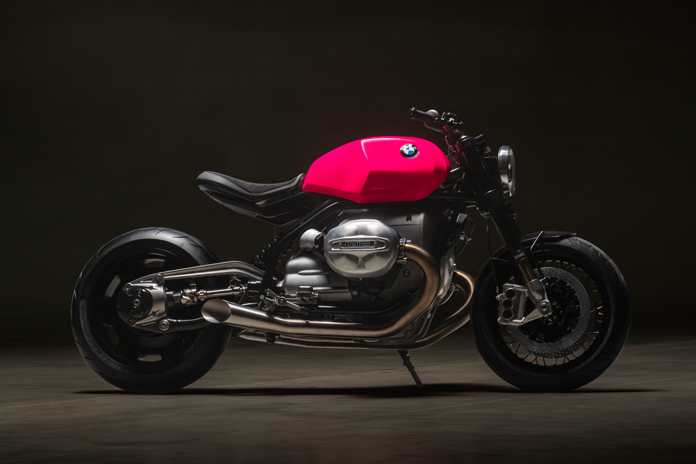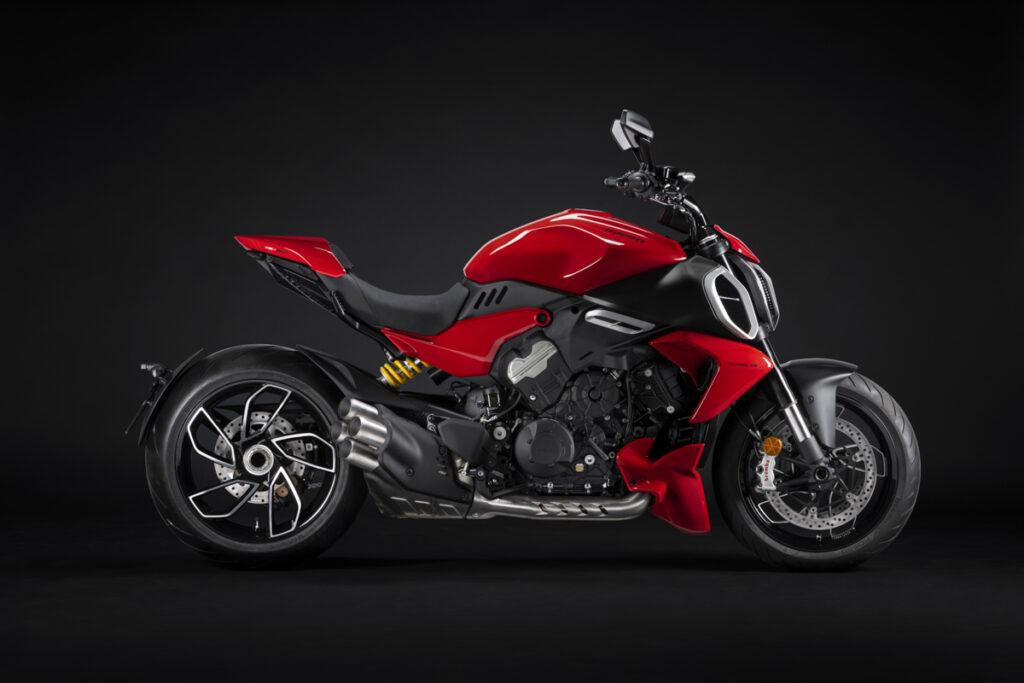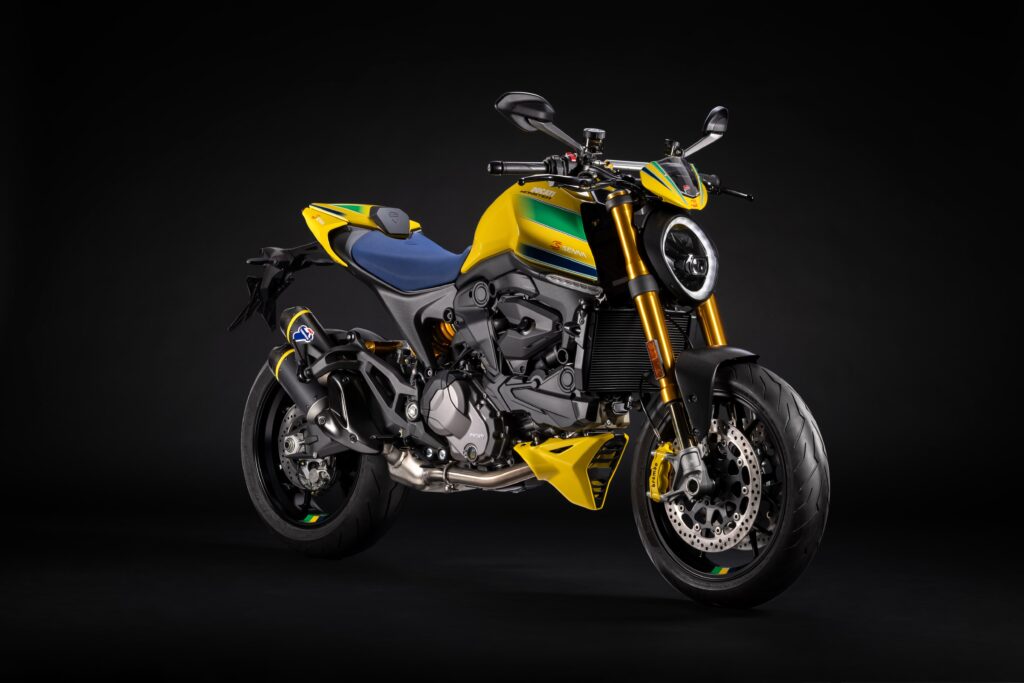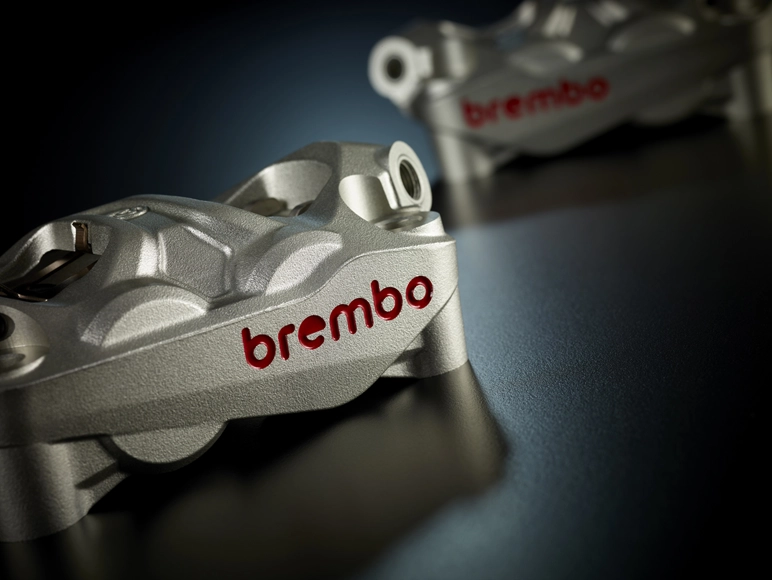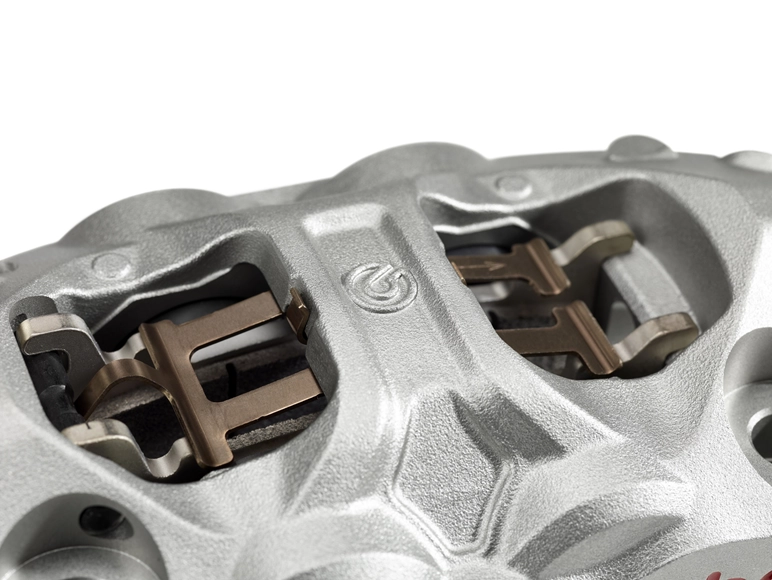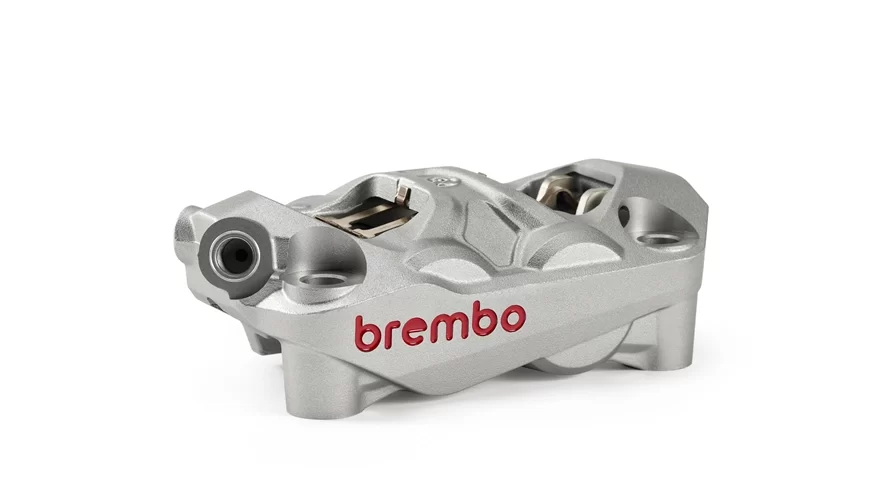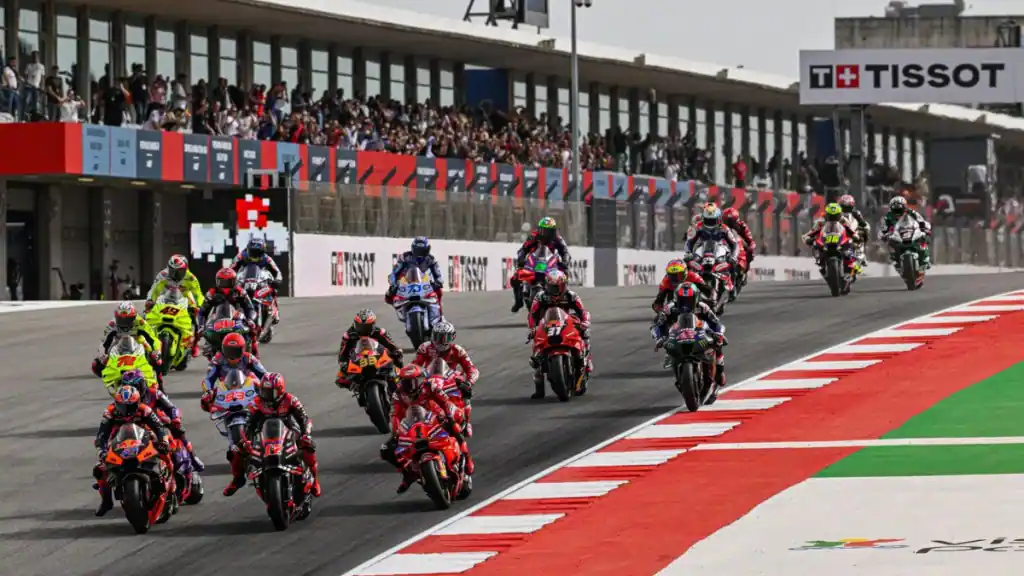The previously postponed Kazakhstan MotoGP round will replace the Indian MotoGP, from 20 – 22 September 2024.
The rights holder of MotoGP, Dorna Sport and FIM decided to postpone the Kazakhstan round at the Sokol International Circuit due to massive flooding in the country. On the other hand, the Indian round will take place in March next year. This in turn pushes Qatar Grand Prix as the season opener to a later date.
This is another twist for the Indian MotoGP, after the CEO of Fairstreet Sports, Pushkar Nath Srivastava, “confirmed” the event was still going ahead. Speaking on 15 May to The Times of India he said “The race is very much on […] These are just rumours floating around. All of the contractual obligations will be met in June.”
However, it was also known that Dorna had given the promoter up until 20 May to settle the matter.
Now, Srivastava told the Indian news agency, PTI “It was mutually decided to shift the race to March next year. We are looking at the first or second week of March … All the stakeholders including Dorna agreed that the September weather is not conducive for the race and it is tough on the riders and marshals as experienced last year.”













